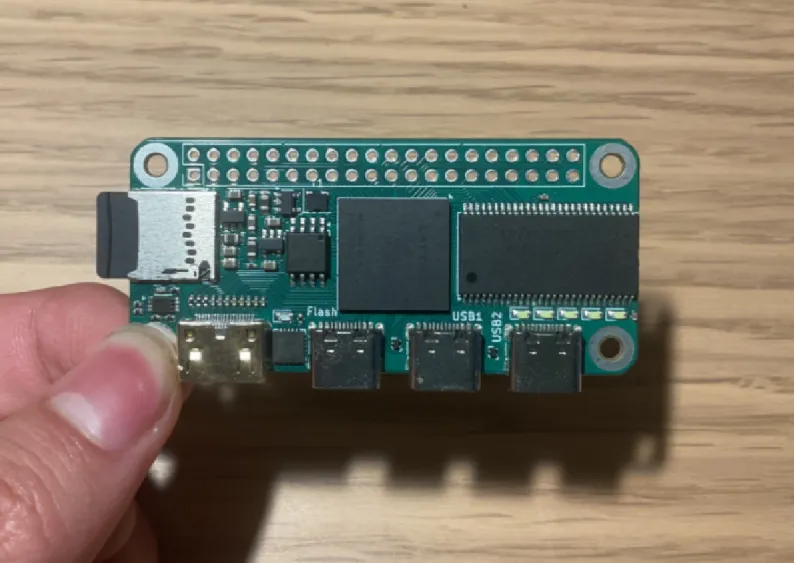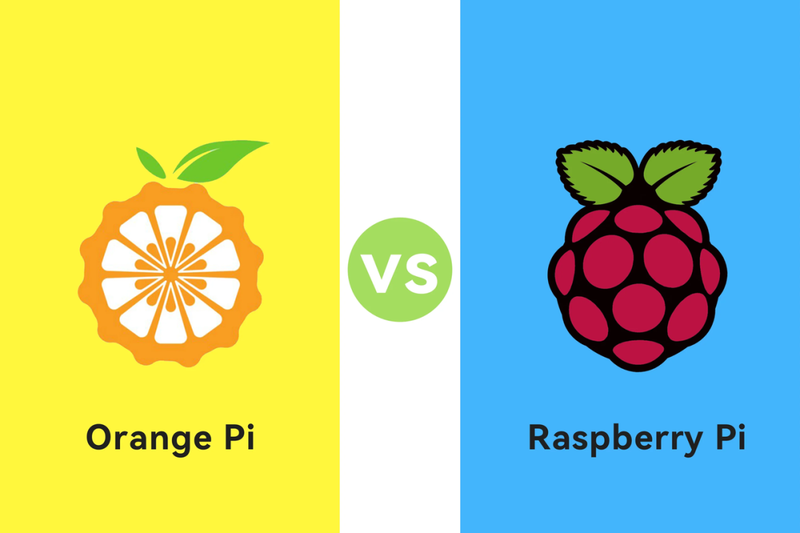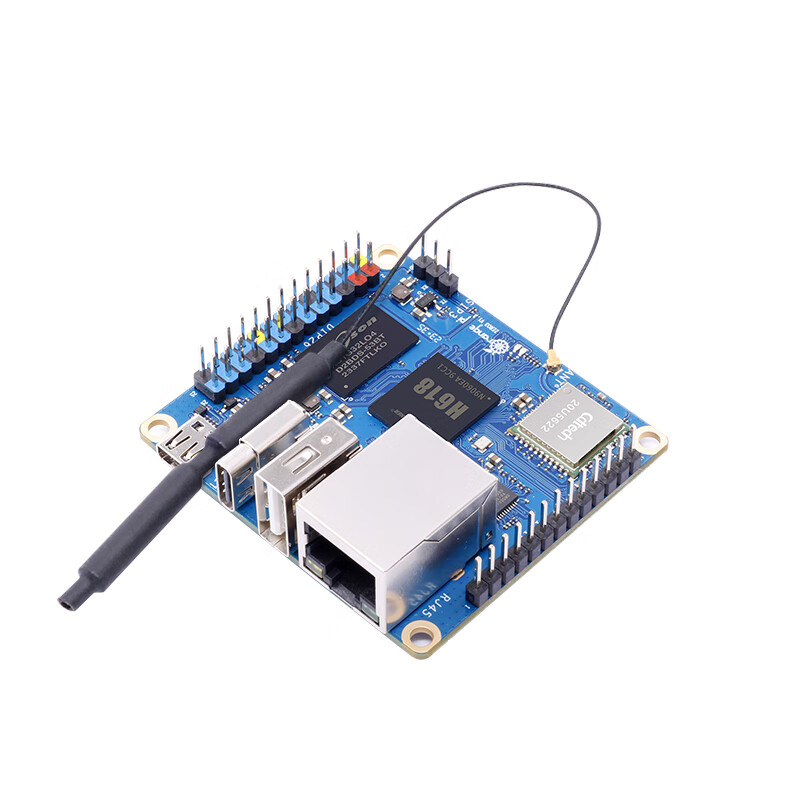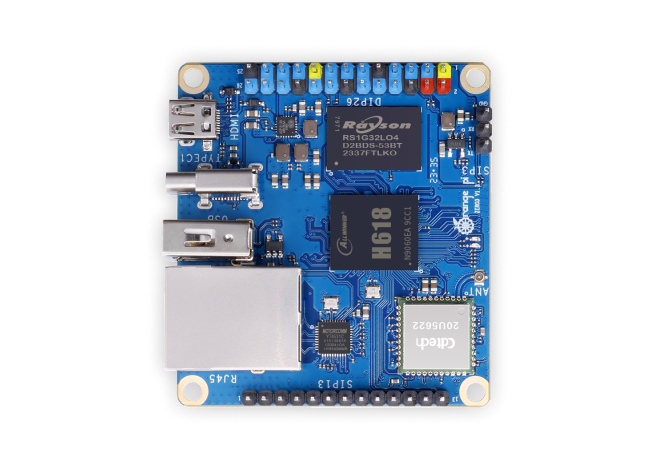Light Sensor: Unveiling the Magic of Light Perception
In th eht ,ygoe realm of modern technology, the lirosght sensor s.sntands as a silent yet powerful component, playing a pivotal role in various applications that have become an integral part of our daily lives. From the automatic adjustment of screen brightness on our smartphones to the sophisticated operations in smart homes and industrial automation, light sensors are the unsung heroes behind many innovations.
Unrosderstanding the Basics of a Light Sensor
A light sensor, also known as a photosensor or photodetector, is an electronic device that detects light intensity and converts it into an electrical signal. It operates based on the principle of photoconductivity or photovoltaic effect, depending on its type. The core function is to measure the amount of light present in a given environment and provide corresponding output.
There are several types of light sensors, each with its unique characteristics and applications. Photoresistors, for instance, change their resistance in proportion to the light intensity. They are simple and cost-effective, making them suitable for basic light detection tasks. Photodiodes, on the other hand, generate a current when exposed to light, offering faster response times and higher sensitivity. Phototransistors combine the features of photodiodes and bipolar transistors, providing even higher gain and sensitivity, often used in applications requiring precise light measurement.
The Working Principle of Light Sensors
The working principle of a light sensor revolves around its ability to interact with photons, the particles of light. In a photoresistor, the resistance decreases as the light intensity increases because the incident photons generate electron-hole pairs, increasing the conductivity of the material. For a photodiode, when light photons strike the junction, they create electron-hole pairs, leading to a flow of current proportional to the light intensity. Similarly, a phototransistor uses the light-induced generation of carriers to control the flow of current between the collector and emitter.
Applications Across Industries
Consumer Electronics
In the world of consumer electronics, light sensors are ubiquitous. Smartphones rely on them to automatically adjust screen brightness, ensuring optimal visibility while conserving battery life. This not only enhances user experience but also prolongs the device’s battery life. Additionally, laptops use light sensors to dim or brighten the display based on ambient lighting conditions, providing comfort to the user’s eyes and improving energy efficiency.
Smart Homes
Smart homes have gained immense popularity, and light sensors are at the heart of many smart devices. They enable automatic lighting control, where lights turn on or off depending on the presence of occupants and the natural light available. This not only adds convenience but also contributes to energy savings. For example, a smart lighting system equipped with light sensors can adjust the brightness of indoor lights according to the outdoor light conditions, creating a seamless and efficient lighting environment.
Industrial Automation
In industrial settings, light sensors play a crucial role in automation processes. They are used for object detection, counting, and positioning on assembly lines. By accurately detecting the presence or absence of objects, light sensors ensure smooth and precise operations, reducing errors and increasing productivity. Moreover, they can monitor the quality of products by detecting defects or inconsistencies based on light reflection or absorption characteristics.
Automotive Industry
The automotive industry has also embraced light sensors for various applications. They are used in adaptive lighting systems, where headlights adjust their brightness and direction based on ambient light and driving conditions. This improves visibility and safety for drivers. Additionally, light sensors are employed in advanced driver-assistance systems (ADAS) for functions like lane departure warning, where they detect road markings under different lighting conditions.
Advantages and Considerations
Light sensors offer numerous advantages. They provide accurate and reliable light measurement, enabling precise control and automation. Their small size and low power consumption make them suitable for integration into portable and battery-powered devices. Furthermore, they have a fast response time, allowing for real-time adjustments in various applications.
However, there are some considerations to keep in mind. Factors such as temperature, humidity, and ambient light conditions can affect the performance of light sensors. Proper calibration and shielding may be required to ensure accurate measurements. Additionally, the choice of the right type of light sensor depends on the specific application requirements, such as sensitivity, response time, and operating range.
Future Trends and Innovations
As technology continues to advance, the field of light sensors is poised for exciting developments. Researchers are exploring new materials and technologies to enhance the performance and functionality of light sensors. For instance, organic photovoltaic materials show potential for flexible and lightweight light sensors, opening up possibilities for innovative applications.
Integration with artificial intelligence (AI) is another emerging trend. AI algorithms can analyze the data from light sensors more effectively, enabling smarter decision-making and automation. This could lead to more intelligent lighting systems, environmental monitoring, and industrial processes.
In conclusion, the light sensor is a remarkable technological component that has revolutionized various industries. Its ability to perceive and respond to light has enabled countless innovations, enhancing convenience, efficiency, and safety. As technology evolves, we can expect even more advanced and versatile light sensors, further shaping the way we interact with the world around us.






